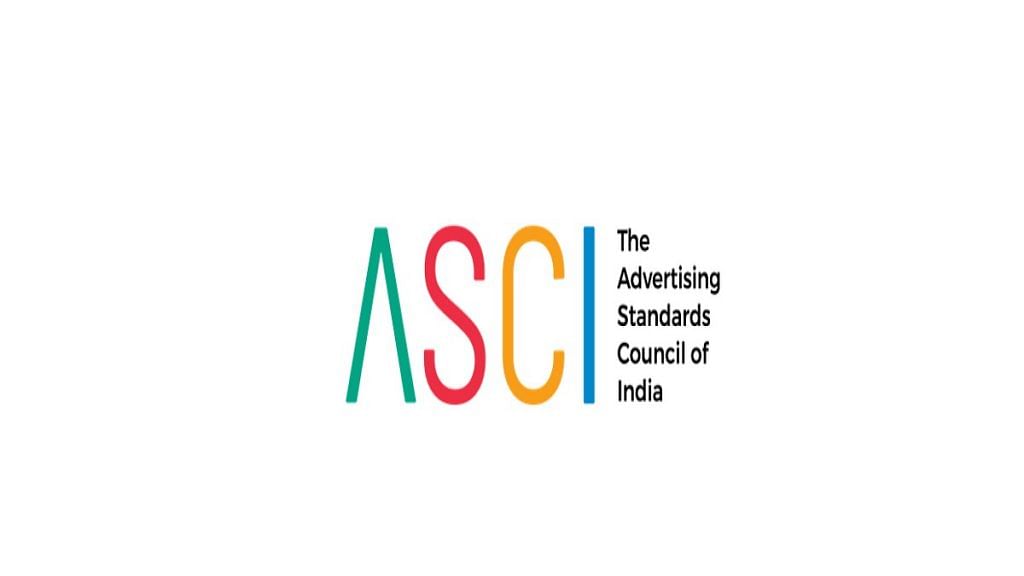New Delhi: There has been a substantial jump of 14 per cent in the number of complaints received by the Advertising Standards Council of India (ASCI) regarding misleading advertisements, especially by the education sector which were “most problematic”, the self-regulatory industry body said in its latest report.
In its previous report as well, the ASCI had pointed fingers at the ed-tech sector for “misleading consumers on different platforms”.
The ASCI’s half-yearly complaints report for the April-September 2022 period saw a total of 3,340 complaints, 14 per cent higher than the number of complaints received in the same period of the previous year. The complaints were also against a higher number of ads with ASCI processing complaints pertaining to 2,764 ads, 35 per cent more than in April-September 2021.
“Education overall continues to be the most violative sector covering 27 per cent of all the ads processed,” the report said. While 22 per cent of the ads belonged to classical education, 5 per cent pertained to the ed-tech sector.
ASCI determines an ad to be in violation of its standards if they are deemed to be dishonest or misleading, indecent or offensive, harmful, or unfair in competition.
Also Read: Disguised ads, hidden costs — regulator ASCI now tackling ‘dark pattern’ ad tactics, says its CEO
’55 per cent of objectionable ads in digital media’
Violations also largely revolve around how transparent an advertisement is for a product or service, and whether it is sending the correct message and not misleading consumers by inflating, manipulating and overtly exaggerating features.
The other sectors that accounted for a significant portion of the complaints included personal care (14 per cent), food and beverages (13 per cent), and healthcare (13 per cent).
According to the report, nearly 55 per cent of “objectionable advertisements” were spotted in the digital media, while the print medium accounted for 39 per cent of violations.
Influencers on social media platforms are also under scrutiny since they have violated ASCI’s guidelines on non-disclosure — when they have to explicitly reveal that they are endorsing a product in exchange for a financial partnership with a company.
“Non-disclosure by influencers advertising in digital media continues to contribute heavily to ads processed,” the report said.
“28 per cent of ads were in violation of the influencer guidelines. 63 per cent of these cases were not contested and were modified within 7 days. 8 per cent were found on Facebook, 24.3 per cent on YouTube, 27.4 per cent on Instagram and 32.8 per cent on the web or mobile apps including e-commerce.”
The report said that 98 per cent of the complaints were registered using TARA, a complaint management system, which it claims “is an AI-enabled system that allows for a comprehensive, hassle-free redressal experience for all stakeholders”.
The ASCI not only takes suo motu cognizance of ads that violate its norms but also receives complaints from the government, consumers, industry and consumer organisations.
The report noted a “significant rise in government complaints”, which accounted for 15 per cent of total complaints received. About 65 per cent of the complaints were suo motu, while complaints from consumers accounted for 16 per cent.
(Edited by V. S. Chandrasekar)
Also Read: Attention influencers. You may soon be fined lakhs for false ads, or not disclosing paid content
